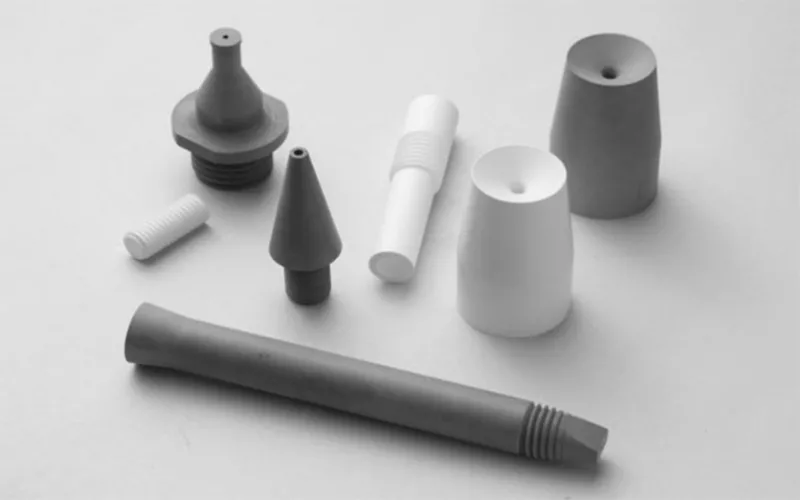Nitruro de boro cbn Es una cerámica avanzada conocida por sus propiedades superiores. Química BN tiene Nitrógeno de boro Enlaces que dan lugar a diferentes estructuras. De las estructuras de BN, una de estas estructuras destacadas de interés es Nitruro de boro cúbico (CBN)Intentemos comprender c-bn y sus aspectos relativos.
Tabla de contenido
Nitruro de boro: una descripción general
Nitruro de boro hexagonal (h-BN)
- Estructura del nitruro de boro hexagonal
- Propiedades del nitruro de boro hexagonal
- Aplicaciones del nitruro de boro hexagonal
- ¿Qué es el nitruro de boro cúbico?
- Estructura del nitruro de boro cúbico
- Propiedades del nitruro de boro cúbico
- Nitruro de boro cúbico vs. diamante
- Usos del nitruro de boro cúbico
- Ruedas superabrasivas o ruedas de diamante c-BN
Nitruro de boro:Una visión general
Nitruro de boro se indica mediante la fórmula química “BN”. Como se mencionó anteriormente, Nitruro de boro Existen en diferentes formas. Generalmente, es la ubicación del boro y el nitrógeno en la red lo que crea diversas Estructuras de nitruro de boro. Algunos de ellos son bastante famosos, como el amorfo, el hexagonal, el cúbico y el wurtzita.
Cuando se trata de funcionalidad, Cerámica de nitruro de boro Es altamente mecanizable. Una vez mecanizado, no requiere sinterización térmica ni tratamiento de estabilización. Además, Nitruro de boro Tiene mayor capacidad térmica y también es un buen aislante eléctrico.
Por ahora, intentemos comprender las derivadas de BN, Nitruro de boro hexagonal (h-BN) y otro Nitruro de boro cúbico (c-BN)
Nitruro de boro hexagonal (h-BN)
Estructura del nitruro de boro hexagonal
Nitruro de boro hexagonal Es un componente presente en muchos productos industriales, como los cosméticos. El HBN tiene una estructura controlada por enlaces covalentes. Sin embargo, las capas en HBN obedecen fuerzas de Wander Waals. La geometría en forma de placa del HBN es la razón por la que es ideal para la lubricación.
Nitruro de boro hexagonal Tiene elementos de boro y nitrógeno fijados a su red. La disposición tiene tres átomos de nitrógeno unidos a un átomo de boro. La similitud de la estructura de panal explica su analogía con el carbono. Además, las propiedades de resistencia mecánica, química y aislamiento eléctrico se deben a los enlaces triangulares planos.
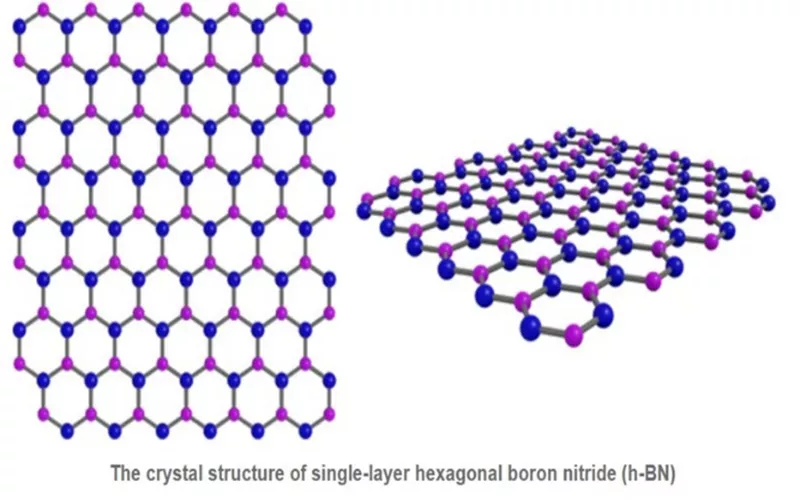
Propiedades del nitruro de boro hexagonal
Nitruro de boro hexagonal Se fabrica comúnmente mediante nitruración con óxido bórico a temperaturas elevadas. Dado que su estabilidad es similar a la del grafeno, Nitruro de boro hexagonal A menudo se la considera la cerámica técnica más avanzada. Algunas propiedades superiores de Nitruro de boro hexagonal son su conductividad térmica y bajo coeficiente de fricción.
Aplicaciones del nitruro de boro hexagonal
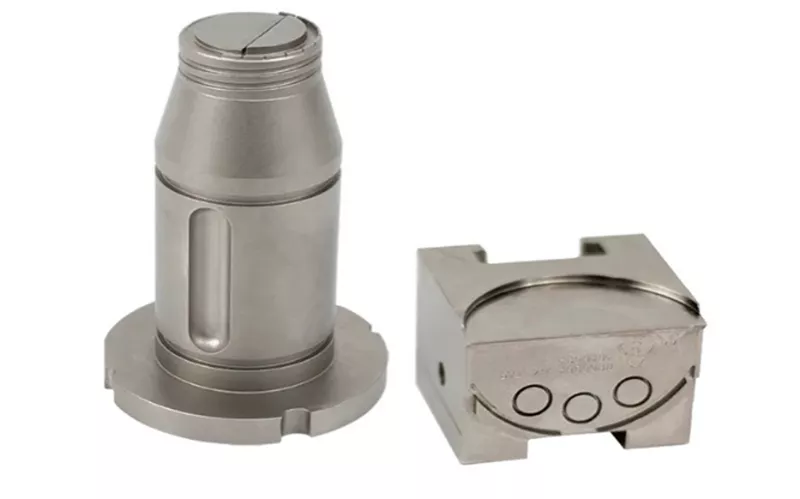
- El HBN se utiliza en dispositivos nanoelectrónicos como sustituto del sustrato de grafeno.
- Nitruro de boro hexagonal En su forma fina se utiliza como recubrimiento que resiste la corrosión.
- El HBN se utiliza frecuentemente en la fabricación de materiales para sensores. También se emplea en el efecto túnel de electrones debido a su baja constante dieléctrica.
Nitruro de boro cúbico
¿Qué es el nitruro de boro cúbico?
c-BN es un derivado de Nitruro de boro hexagonal (h-BN) producido bajo alta temperatura y presión.
La mayor especialidad de c-BN es que ocupa el segundo lugar como material más duro del mundo. La resistencia mecánica de Nitruro de boro cúbico Es popular y está a la par del diamante. Es uno de los polimorfos más populares del boro. Nitruro.
Estructura de Nitruro de boro cúbico
La estructura básica de Nitruro de boro cúbico Es cristalino. Tiene una densidad de alrededor de 3,5 g/cm³ y se presenta en un color amarillo pálido o transparente. El C-BN sigue una disposición alternada de átomos de boro y nitrógeno. Aquí, el Nitrógeno de boro Los átomos siguen un enlace covalente que es la razón básica de su dureza y estabilidad.
Fórmula de nitruro de boro cúbico Se denomina c-BN. Existen dos tipos populares de c-BN disponibles actualmente en el mercado. Uno es denso. nitruro de boro cúbico y el otro nitruro de boro cúbico policristalino.
Propiedades del nitruro de boro cúbico
C-BN Es un semiconductor brillante cuyas bandas prohibidas son susceptibles a cambios en la presión aplicada. Estos cambios en la banda prohibida los hacen excelentes aislantes eléctricos. Nitruro de boro cúbico Son generalmente inertes y poseen una constante dieléctrica baja. Su conductividad térmica ronda los 1300 kW/MK.
En lo que se refiere a reactividad, c-BN permanece insensible incluso a materiales ferrosos. El rango óptico tratado por nitruro de boro cúbico Varía desde el ultravioleta hasta el espectro visible.
Nitruro de boro cúbico vs. diamante
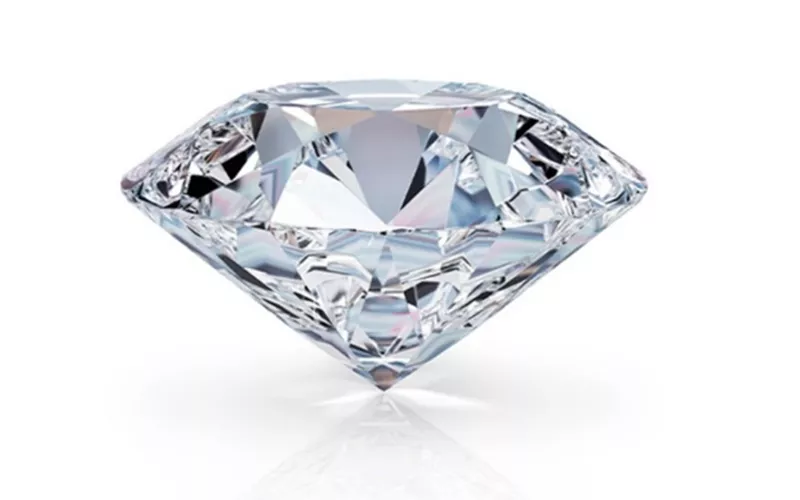
Aunque no es más duro que el diamante, nitruro de boro cúbico Tiene su lugar especial en comparación con el diamante. Dureza del nitruro de boro cúbico es de 4500 kg/mm2 mientras que el diamante tiene una dureza de alrededor de 600 kg/mm2. El valor del módulo tanto de Young como del módulo a granel también están en un rango similar de 800 – 1000 y 370 – 450.
Además, en lo que respecta a la estructura, como el diamante, c-BN Tiene dos átomos de base diferentes. La similitud entre el diamante y el c-BN se atribuye generalmente a su estructura similar.
Usos del nitruro de boro cúbico
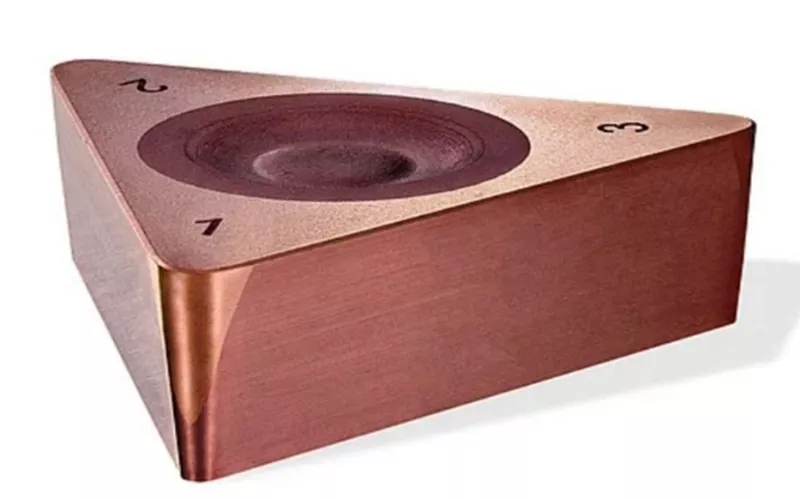
material de herramienta de corte de CBN
Nitruro de boro cúbico Presenta un módulo de Young y de volumen mayor que el del carburo de boro y el carburo de silicio. Esta misma razón contribuye significativamente a la dureza del nitruro de boro cúbico. Esta dureza lo hace adecuado como abrasivo y le permite funcionar como... material de herramienta de corte de CBNGeneralmente, el c-Bn denso se utiliza para aplicaciones de corte y el tipo poroso para requisitos de pulido.
La naturaleza inerte de Nitruro de boro cúbico también Les ayuda a funcionar como material de corte y mecanizado. A diferencia del diamante, no reacciona con el hierro. Sin embargo, el c-Bn convencional requiere manipulación para su uso en aplicaciones de corte. Esto generalmente se realiza durante la conversión de h-Bn a c-Bn durante la sinterización.
CBN como aislantes eléctricos
Aparte de la dureza Nitruro de boro cúbico También destaca como aislante eléctrico. Esto se debe a su amplia banda prohibida.
CBN en aplicaciones de semiconductores
Mediante el recubrimiento de aluminio y metales del grupo 8, C-BN La funcionalidad de convertirse en sumidero es popular en la industria electrónica. C-BN Se utiliza como disipador de calor en láseres, dispositivos microelectrónicos y LED.
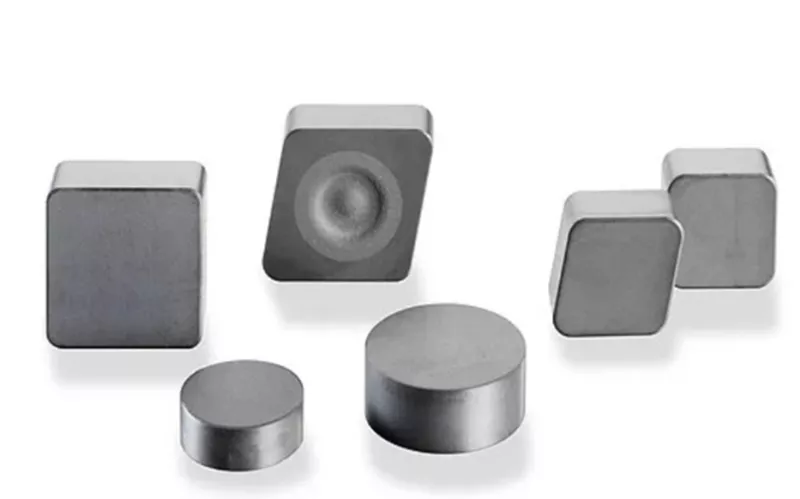
Nitruro de boro cúbico También añade valor durante la síntesis de semiconductores para obtener semiconductores de tipo p y N mediante un dopaje adecuado. Los materiales comunes para el dopaje son el silicio o el berilio. Estos semiconductores funcionan a alta temperatura y se utilizan en sensores UV.
muelas abrasivas c-BN

La invención de muelas abrasivas c-BN La fabricación de precisión se debe a una mayor eficiencia. Las ruedas fabricadas con c-BN han contribuido a industrias como la aeroespacial, la de maquinaria, la de producción de herramientas y la de automóviles. muelas abrasivas c-BN También ofrecen alta dureza y buen rendimiento en comparación con el SiC y la alúmina. Garantizan la integridad estructural a altas temperaturas y no se degradan.
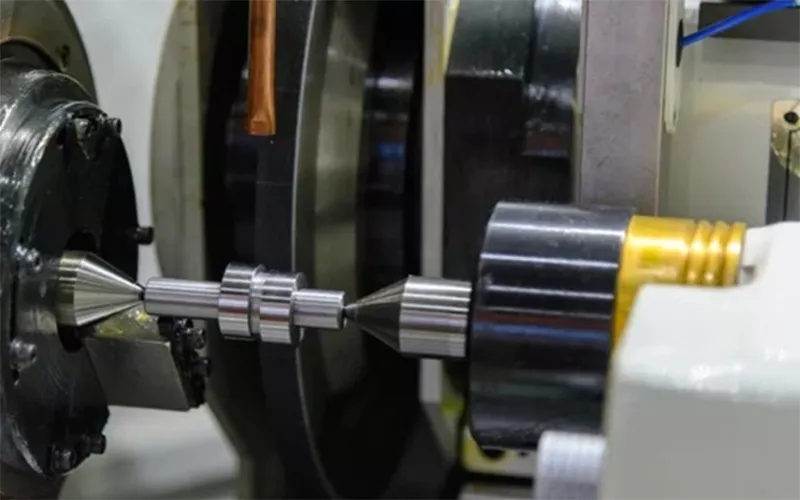
Las ruedas de c-BN Soporta altas temperaturas y absorbe el calor generado durante el proceso. Su resistencia al desgaste también resulta económicamente ventajosa al considerar muelas de rectificado de BN-C. Las muelas abrasivas c-BN ofrecen una excelente El acabado superficial evita el desperdicio de piezas. Además, garantiza un menor tiempo de ciclo, ya que las tareas se realizan con rapidez y precisión.
Ruedas superabrasivas o ruedas de diamante c-BN
Las muelas superabrasivas se diferencian de las muelas convencionales de Sic y Alúmina. Están fabricadas combinando c-Bn y diamante. Ofrecen una mejor conductividad térmica, lo que limita el aumento de temperatura de la pieza de trabajo. rueda de diamante c-Bn También ofrecen alta precisión y corte exacto que contribuyen a una mejor vida útil.
Conclusión
Nitruro de boro cúbico Son deseables en la ciencia moderna y la fabricación de materiales. Son competitivos en comparación con materiales como el diamante. Destacan en propiedades como dureza, resistencia y aislamiento eléctrico. Su amplio ancho de banda, su naturaleza inerte, su baja constante dieléctrica y sus características ópticas especiales son otros factores que los hacen merecedores de su mérito.
